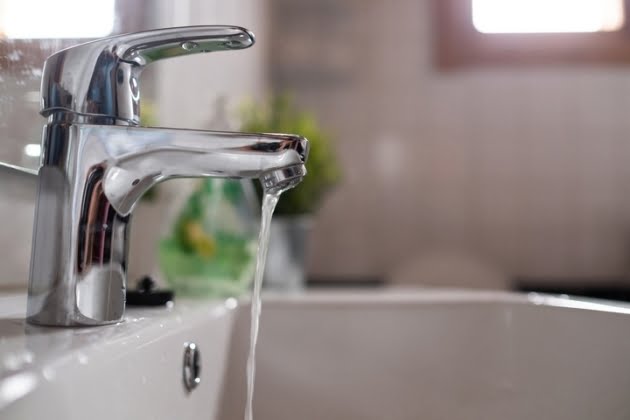Many plumbing problems tend to emerge during the winter season. From frozen pipes to freezing water temperatures, you may need to contact a plumber for assistance more than any other time of the year. During winter, one of the frustrating problems that could occur is low water pressure. This happens when you turn on the sink or the shower, only to discover the water pressure is significantly weaker than expected.
Low water pressure during winter can be annoying, especially when the demand for hot water is at an all-time high. You want your sinks, showers, and plumbing systems to function as they normally would. If this problem is affecting your household, here are seven ways to fix low water pressure during winter:
1. Identify the cause of low water pressure.

Before you can fix the low water pressure, find out what is causing the problem. During winter, frozen pipes are the leading culprit for water not flowing from the showerhead or the faucet. If the pipes are partially obstructed, this could impact the amount of water flowing into your household, causing low water pressure during winter.
In addition, the low water pressure could be caused by an increased demand for water. This is especially true during winter, since people enjoy taking longer and warmer showers to fend off the cold. Other reasons may include the recent installation of a new bathroom or a new kitchen. The increased demands on the water supply could lead to reduced pressure.
2. Fix the problem with low water flow.
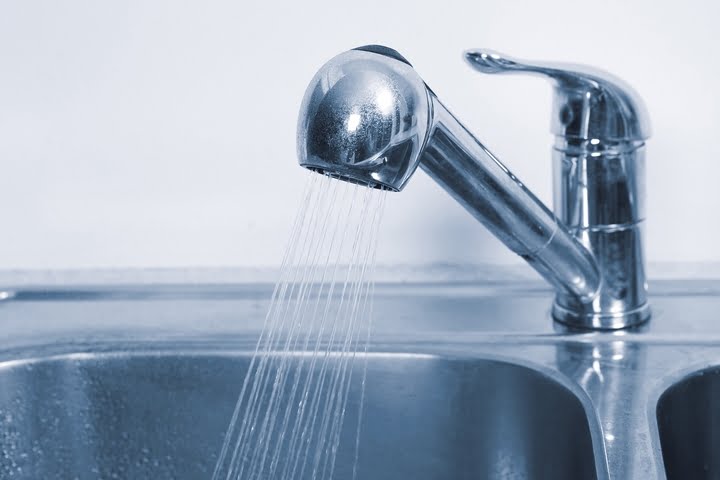
You may think there is a problem with low water pressure, but the real issue could be that you have low water volume instead. The two problems are not the same. Low water flow means that very little water is getting into the pipes than what was flowing previously.
The low flow could be caused by iron, hard water or sediment in your water supply. It could also be caused by clogged pipes resulting from a buildup of minerals and sediment. It’s important to rule out low water flow before you fix a low water pressure problem. Contact a plumbing professional to determine the core issue in your household.
3. Check if there is low water pressure in every part of the house.
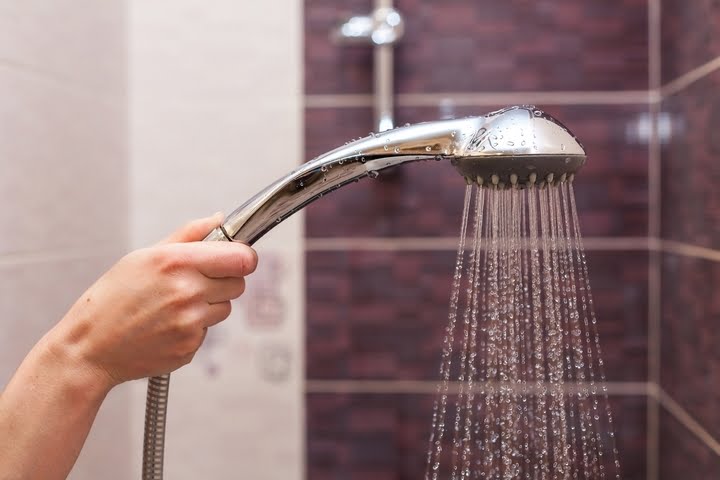
You should inspect every faucet and showerhead to determine if all the systems suffer from low water pressure. Let the water run simultaneously to see if the problem occurs in one specific area or across the entire household. Be sure to check every part of the house, including the kitchen, the bathroom, the basement, and the outdoor faucets.
If the low pressure is restricted to a particular location, you may have a clogged aerator or faucet. In this case, remove the system and clean it thoroughly. Check to ensure the aerator has no buildup or debris. If cleaning doesn’t fix the problem, get a replacement.
In addition, you should run both cold water and hot water through all the faucets. If the low water pressure is only experienced with hot water, there could be a problem with your water heater and you need to troubleshoot it.
4. Check the water shut-off valves.
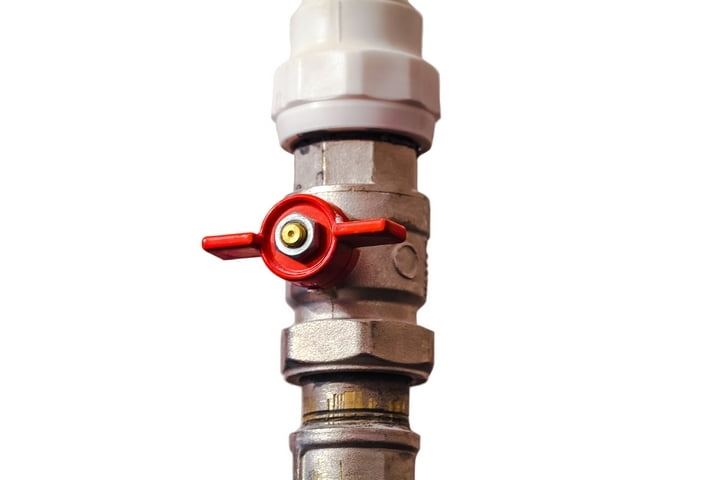
If you cannot isolate the problem to one or two locations, you have a general low water flow problem. Inspect the water shut-off valves and the Pressure Reducing Valve (PRV) in your home. These are often the common culprits for low water pressure, especially during winter.
The PRV looks like a bell and is located where the water supply line enters the home. Adjust it to see if the water pressure will change. To increase the water pressure, turn the screw in a clockwise direction to tighten it. Similarly, turn the screw anticlockwise to lower the water pressure. If this doesn’t work, the valve may be broken and in need of replacement.
5. Check your water heater’s shut-off valve.
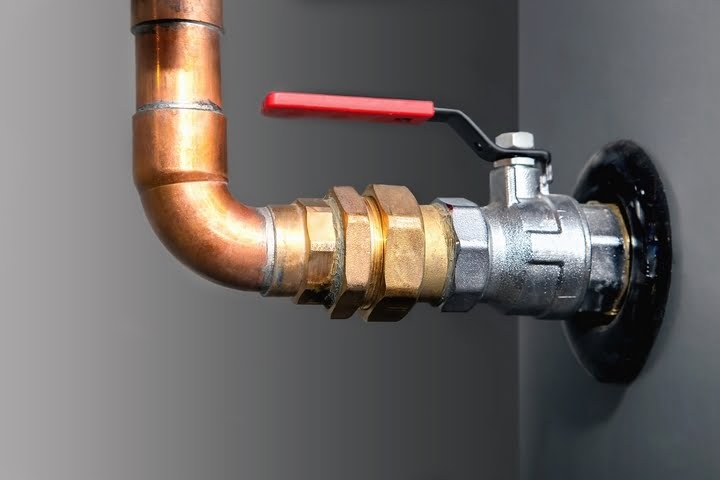
If the low water pressure problem only occurs when you’re running hot water, there could be a problem with the heater’s shut-off valve. To fix it, drain the heater by turning off the water supply tap. Next, turn off the gas and drain the water so it doesn’t spill when removing the shut-off valve. For added protection, remove the gas line from the heater while you perform these tasks.
Next, check the sensor to make sure this is functioning properly. If the sensor is damaged, replace it. Afterwards, use a wrench to loosen the shut-off valve. Check the O-ring to make sure it has not developed cracks or become brittle over time. Clean the sealant and make sure it is properly applied. Finally, plug the sensor and reconnect the gas line. You should turn on the water supply to see if the problem has been fixed.
6. Find and fix water leaks.
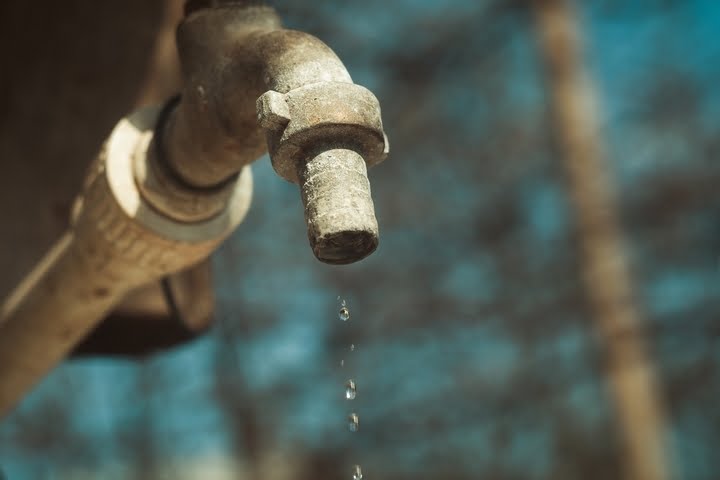
Any leak in your home could cause low water pressure. Leaks can occur in the water main, the toilets, or anywhere along the distribution lines. You can use a compound stick to fix tiny leaks. To apply, just rub the compound stick over the cracks and the leaking should cease.
A compound stick can stop small leaks even as water runs through the pipe. You can also seal leaks by applying epoxy paste on dry pipes, but make sure the water is turned off beforehand.
7. Install a constant pressure system.
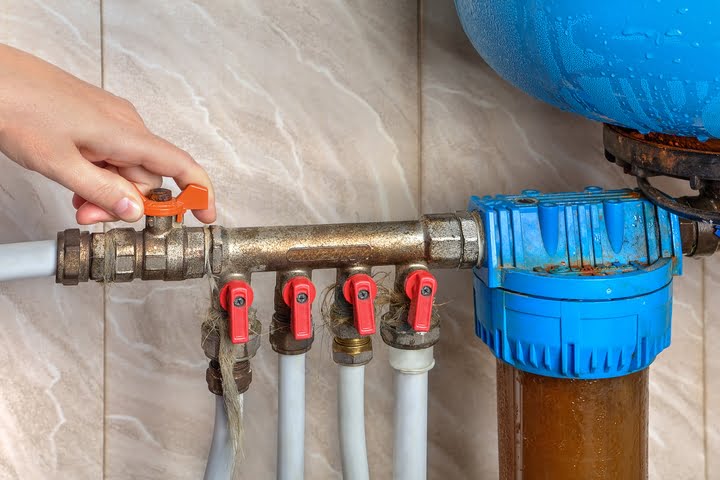
Sometimes, the water pressure will drop at one outlet when another outlet is turned on. To fix this problem, install a constant pressure system. This device can be connected in the basement at the location where water comes into your home. Its function is to keep the water pressure constant when different appliances and faucets are in simultaneous use. The constant pressure system will adjust accordingly based on the demand for water in your household.



